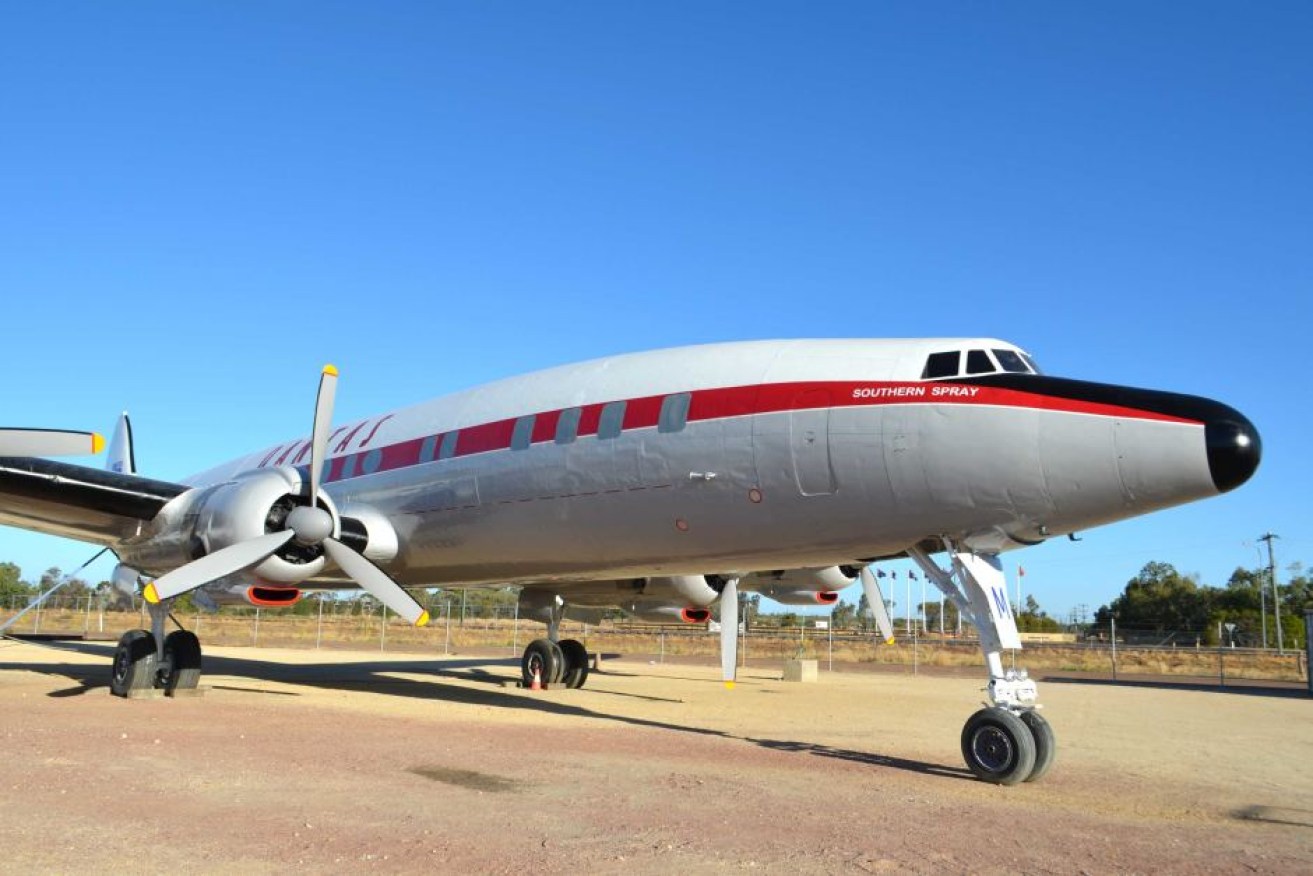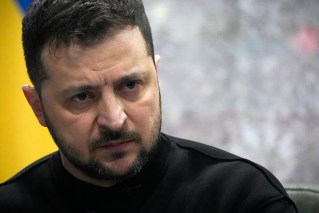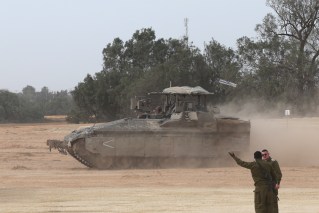Historic Qantas Super Constellation plane restored

Restored Lockheed Super Constellation in Longreach. Photo: Qantas Founders Museum
An historic Qantas plane that popularised luxury international air travel has been restored and put on display in Western Queensland.
The Qantas Founders museum in Longreach rescued the Lockheed Super Constellation in 2014 from an aeroplane graveyard in the Philippines, where it had been left to decay for 25 years.
Pilot and aeroplane enthusiast Tom Harwood said the ‘Connie’ – which it has been affectionally nicknamed – was a trailblazer in air travel.
“The Connie was the first pressurised aeroplane. [It meant for] the first time people could actually think seriously about flying 10,000 feet and flying above the worst of the weather,” Mr Harwood said.
“It was the first [plane] to have a hostess on board. Before that all the flight attendants were male stewards.”

Passengers enjoying a meal on the Lockheed Super Constellation which was the first flight to feature flight attendants. Photo: Qantas Heritage Centre
Revolutionised air travel
The plane is known for the longest air service in the world, or ‘kangaroo route’, between Sydney and London which took only four days as opposed to six weeks by ship.
“The first kangaroo on a Qantas aeroplane was put on a Connie in 1945 because it was going to fly the kangaroo route,” Mr Harwood said.
“The engineers thought it would be a good joke to put a kangaroo on the aeroplane and the flying kangaroo started there.
“It took us from the first simple aeroplanes of World War II to these more complex things we have today, but it gave us an image, texture, vision and sound of what air travel should be.”
Retired Qantas engineer, Greg Boyce, helped restore the super constellation and said he was in Manilla when they found the plane.

The fuselage of the Lockheed Super Constellation after being craned off the trucks in Longreach at the Qantas Founders Museum on May 24, 2017. Photo: ABC
“There it was just sitting out in a field in amongst all the other derelicts, but the Qantas boys had already been there before us and got it out of the mud,” Mr Boyce said.
“We had to work in the rubble and the broken concrete and the lumps of tar which was a challenge.”
Mr Boyce said the plane needed to be moved twice while trying to rescue parts from the rubble.
“We got chased all around the airport. We had to get it into a condition where we could move it … There was a fair bit of hammer work and drilling to get things to come apart,” he said.

Lockheed Super Constellation flying in the air in the 1950s. Photo: Qantas Heritage Centre
Engineering marvel
Mr Boyce said the aeroplane had been engineered to reduce what is known as ‘wing tip vortices’ which helped it stand out in the late 1940s.
“That allowed the aircraft to fly further with less fuel,” he said.
“When Qantas got hold of the plane it was configured without tip tanks and the airliner developed the tip tanks for the aircraft for extra range.
“They were quite surprised by the additional range they got which was more than the fuel would give them and they finally worked out how to reduce the drag on the wing.”
Mr Boyce said the revolutionary engineering put Qantas ahead of all other airlines at the time.
“The Connie made Qantas Australia’s first round-the-world airline. It would fly right round the world with this aircraft even if it took a few days to get to London … she’d get there,” he said.








